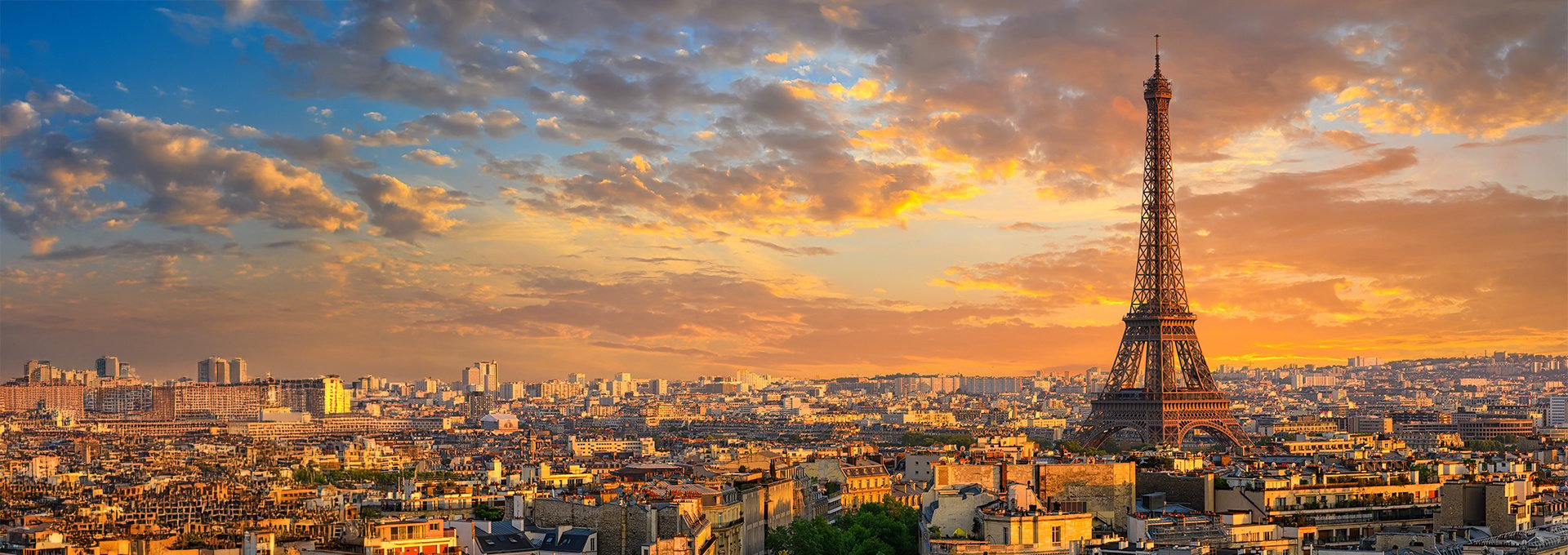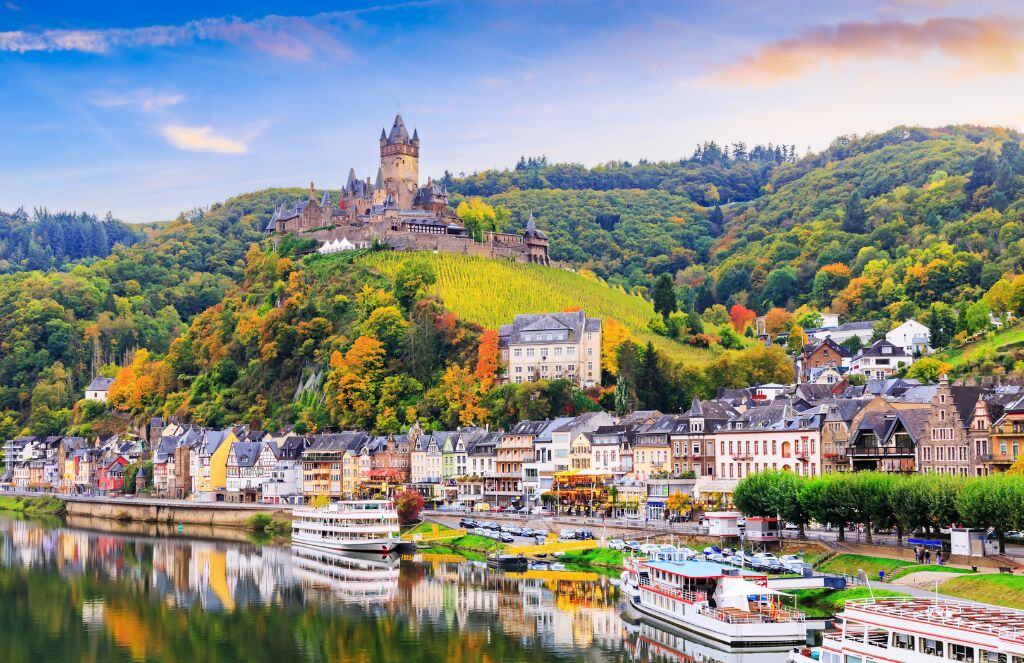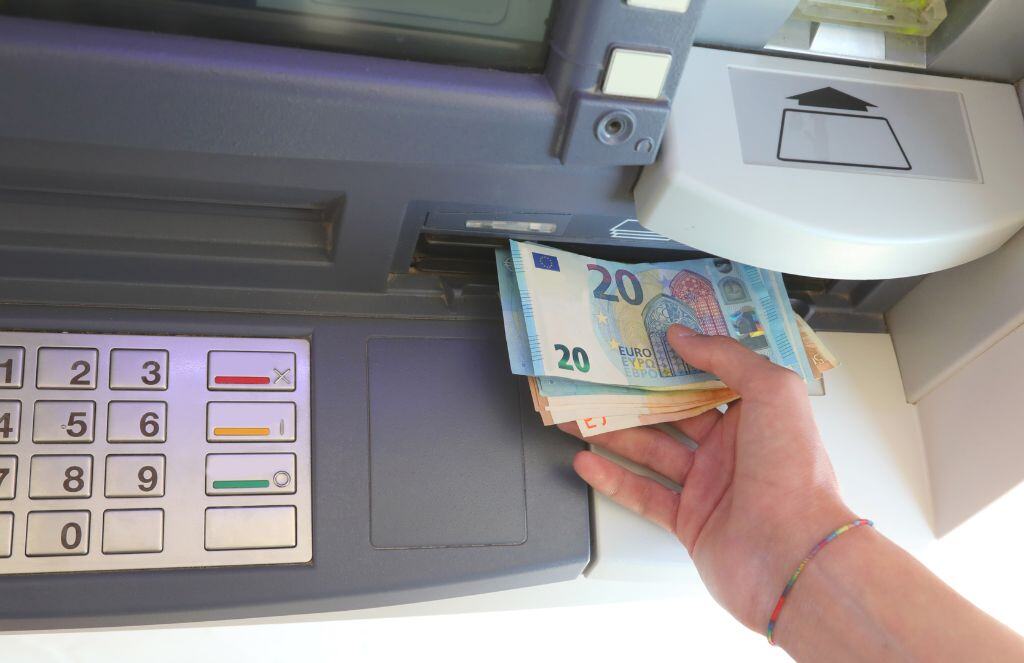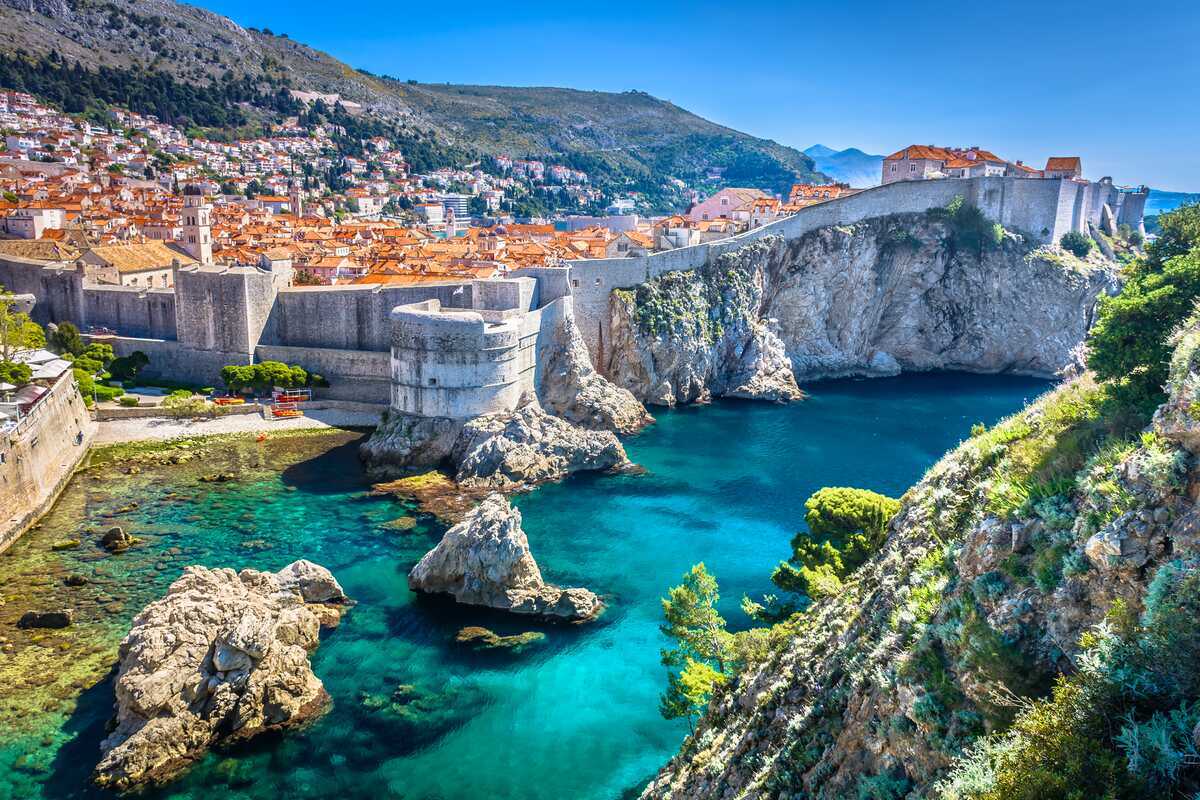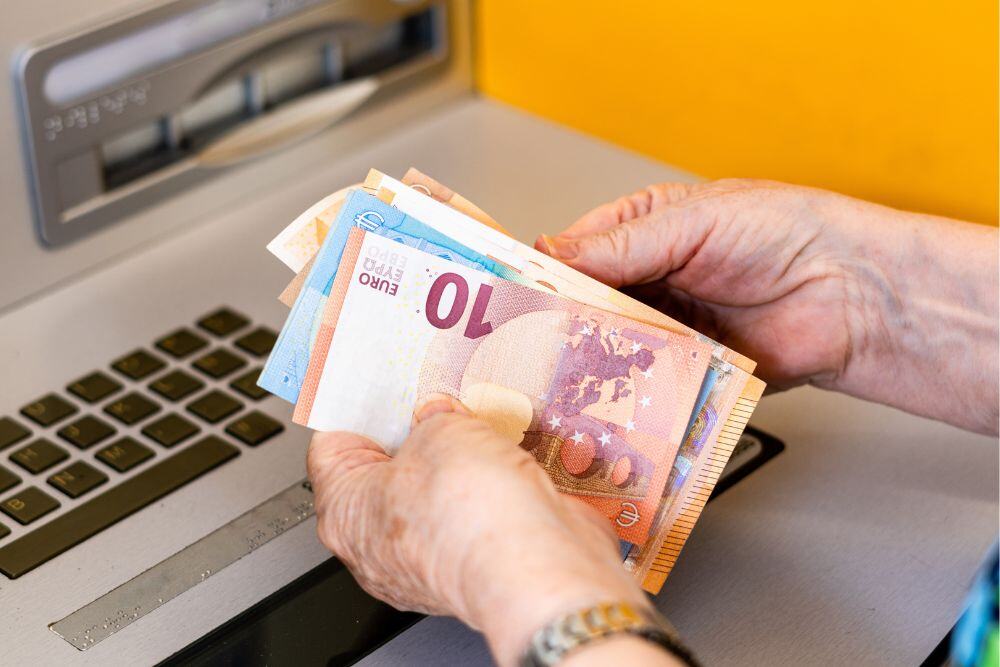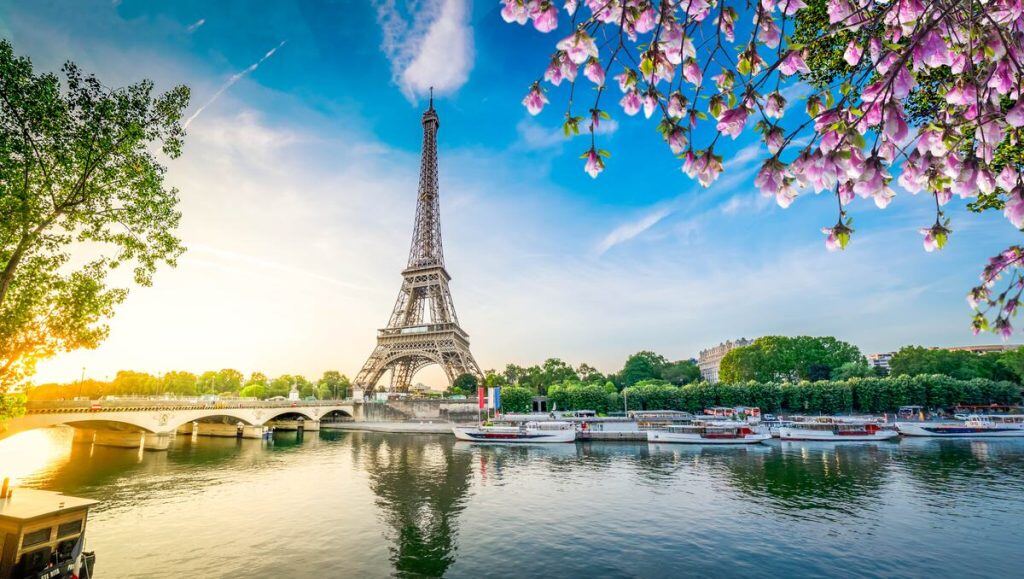💰Scratch to WIN a share of $50,000! Every customer wins. Ends Jan 31st. Learn More
How Much Spending Money for Italy?
Ever dreamt of devouring a Margherita pizza in Naples, sipping an espresso in Rome, or cruising through the canals of Venice? Well, before you start packing your bags, let's talk about how much Italy travel budget you'll need to the land of pasta, piazzas, and Prada.
With Crown Currency Exchange, you can easily exchange your Australian dollars for Euros anywhere in Australia and get ready to indulge in all that Italy has to offer. But how much should you budget for your trip? Let's break it down.
How Much Spending Money Do I Need for Italy?
From the budget-conscious backpacker to the luxury-loving globetrotter, we've got you covered. Here's a breakdown of what you can expect to spend:
Budget Travellers
Stretching your euros? No worries. On a budget of €80 per day, you can bunk in a cosy hostel and savour mouth-watering street food like a slice of Roman pizza or a panino. Don't forget to use public transportation to get around.
Mid-range Travellers
If comfort is your priority, set aside €160 per day. This will cover a comfy mid-range hotel, meals at sit-down restaurants where you can indulge in classic dishes like pasta carbonara or osso buco, and entry to must-see sights like the Colosseum or Uff Gallery.
Luxury Travellers
For a no-holds-barred luxury experience, consider a budget of over €360 per day. Think plush rooms in 5-star luxury hotels, dining at Michelin-starred restaurants, private tours of iconic landmarks, and maybe even a gondola ride in Venice.
What Goes into a Travel Budget?
Let's break down the essentials of your Italy budget, shall we? Here's what you'll want to consider:
- Accommodation: Whether you're a hostel-hopper, an Airbnb aficionado, or a five-star hotel lover, your sleeping arrangements are going to be a key part of your budget.
- Food: From street food snacks to fancy restaurant feasts, you've got to eat! Factor in all those delicious meals (and don't forget a gelato allowance if you're heading to Italy!).
- Transport: Planes, trains, and automobiles... not to mention buses, ferries, and perhaps even a rickshaw or two. Make sure you've got enough set aside for getting from A to B.
- Activities: Sightseeing isn't always free, unfortunately. Whether you're visiting museums, taking city tours, or doing something more adventurous like scuba diving or mountain climbing, it's important to factor these costs into your budget.
To give you more insight into the Italy trip cost, here's a detailed breakdown:
What is the Cost of Accommodation in Italy?
Ready to rest your head after a day of Italian adventures? Well, depending on your personal preferences and what type of traveller you are, accommodation in Italy costs greatly based on your preferences and budget. Here's a rough breakdown:
- Budget Travellers: If you're a budget traveller and don't want to sacrifice much of your budget on accommodation, opt for hostels or camping. You can expect to spend at least €30 per night on hostels and about €20 per night for camping.
- Mid-range Travellers: If you want a bit more comfort and privacy, go for budget hotels or Airbnb. You can find decent options for around €50-€100 per night.
- Luxury Travellers: With a larger budget, you can splurge on fancy hotels or unique Airbnb properties. Expect to spend €200-€500 per night for top-notch comfort and luxury.
Different accommodation options
- Hostels: Dorms average around €30-€50 per night for rooms with 6-8 beds. Expect to shell out a bit more for private rooms, which usually run between €60-€110 per night. Most hostels provide free Wi-Fi and self-catering facilities, and breakfast is often included. Keep in mind that prices can surge in the summer and in major cities like Rome and Florence.
- Camping: If you're packing a tent, campgrounds are dotted all over Italy and typically cost between €20-€35 per night for a basic plot for two people.
- Budget Hotels: A night in a two-star budget hotel will set you back between €80-€135. These hotels usually offer free Wi-Fi, TV, AC, and sometimes a complimentary breakfast. Be prepared for higher prices in popular cities like Rome and Venice and during the summer season.
- Airbnb: Private rooms on Airbnb start at around €50-€100, but beware, prices can double if you don’t book early.
- Apartments: Compared to an Airbnb, an entire apartment typically begins at €110-€130 per day, depending on location and amenities.
Our money-saving tips for accommodation costs:
- Travel during shoulder seasons: When you visit Italy, the months of April-June and September-October typically offer lower rates. Keep this in mind so you can save money abroad or, rather, in Italy.
- Stay outside the city centre: Accommodation is significantly cheaper in smaller towns and cities compared to popular tourist destinations. Consider staying just outside the city centre for a more authentic Italian experience.
- Compare prices online: Websites like Booking.com and Airbnb can help you find the best deals.
What is the Cost of Food in Italy?
Craving for some authentic Italian cuisine? Let's dish out the details on the cost of eating in Italy:
- Casual Dining: Pizza or pasta at a casual restaurant will set you back about €12-€25. But be warned, in tourist hotspots, you might need to add another €6-€12.
- Quick Bites: For pizza slices, paninis, and light snacks, you're looking at around €4-€9. Morning pastries like croissants are a steal at under €3.
- Fast Food and International Cuisine: A McDonald’s combo meal is roughly €9-€11, while a main dish from a Chinese/Thai/Indian restaurant will set you back about €12-€15. Got a sweet tooth? Desserts like tiramisu will cost you around €5-€9.
- Restaurant Meals: A typical restaurant meal with a drink will be around €35. Mains hover around €18-€25, while a pizza is around €12-€18. For a high-end three-course meal with a drink, expect to fork out around €80.
- Drinks: A beer is about €5-€6, a glass of wine will cost you €5-€9, and a latte or cappuccino is about €2. Bottled water is usually €1.50.
- Groceries: If you're planning to whip up your own meals, budget around €55-€70 per week for basic staples like pasta, rice, seasonal produce, and some meat or fish.
Our money-saving tips for food costs:
- Eat Like a Local: Avoid touristy areas where prices are often hiked up. Instead, seek out local trattorias or osterias for authentic, affordable, and delicious food.
- Shop at Local Markets: Fresh produce is usually cheaper here, and you'll get a more authentic experience.
- Cook Your Own Meals: If you're staying in an Airbnb or hostel with kitchen facilities, buying ingredients at a local market and cooking your own meals can save you money.
What is the Cost of Transport in Italy?
Getting around in Italy? Let's hit the road (or rail or water) and take a look at your local transportation options:
- Public Transportation: Available in all major Italian cities, with single journey tickets typically costing €1.50-€2.50. Many cities offer day passes for unlimited travel. In Rome, for instance, a one-day pass can be had for €8, while a one-week pass costs around €27.
- Trains: Traversing Italy by train is both scenic and affordable. Most trips fall in the range of €12-€35. For example, a fast train from Rome to Florence takes just 90 minutes, with tickets starting at €23 average price. Rome to Venice is about a 4-hour journey, with tickets starting at around €35.
- Buses: A slower but cheaper alternative to trains, with prices on FlixBus starting from as low as €7. The 4-hour trip from Rome to Florence can cost between €8-€18.
- Flights: Budget airlines like Ryanair offer incredibly low fares – around €25-€110 for a round trip. However, remember to factor in additional costs like checked baggage and boarding pass printing fees.
- Ferries: Planning to visit Italy's stunning islands? Ferries are your best bet. The popular one-hour ferry from Naples to Capri starts at around €30.
- Car Rental: Car rentals start at approximately €28-€40 per day for a multi-day rental. Just ensure you have an International Driving Permit (IDP), and be prepared for Italian drivers' spirited driving style.
Our money-saving tips for transportation costs:
- Buy Transport Passes: Prices often rise during peak season, so opt for a travel card if you plan to use public transport often.
- Consider Taking the Train for Intercity Travel: It's faster and more practical than driving.
- Avoid Taxis When Possible: They can be expensive, so opt for public transport or ride-sharing services like Uber to avoid extra costs.
What is the Cost of Activities in Italy?
Ready for some Italian escapades? Here's the breakdown of your adventure costs in the land of pizza and pasta:
- Cruise the Canals of Venice: At €80, swap your taxi for a gondola and navigate Venice's picturesque canals like a true Venetian.
- Roam Around the Colosseum, Rome: For just €16, you get to walk in the footsteps of gladiators. It's a trip back to ancient Rome, minus the chariot.
- Climb the Leaning Tower of Pisa: For €18, you can check 'climbing an architectural anomaly' off your bucket list. Just remember to hold on tight!
- Visit the Vatican Museums and Sistine Chapel: At €30, you're buying a ticket to Michelangelo's genius. It’s a chance to see ‘The Creation of Adam’ up close.
- Stroll Through Cinque Terre: Free entry to five charming coastal villages. Do budget for pasta, though - it's irresistible here.
- Taste Wine in Tuscany: For €25, you're not just tasting wine, you're sipping on centuries of tradition, surrounded by Tuscan beauty.
- Explore Pompeii's Ancient Ruins: For €16, walk the streets of Pompeii, frozen in time. History doesn't get more tangible than this.
- Hike Mount Vesuvius: €10 gets you atop the infamous volcano. Don't worry, it's dormant!
- Discover the Uffizi Gallery, Florence: For €20, you’ll be face-to-face with Renaissance art royalty. It’s a cultural feast for the senses.
- Relax on the Amalfi Coast: Free sun, sea, and limoncello! Just remember to factor in travel costs.
Our money-saving tips for activities:
- Book Online in Advance: Many popular attractions offer a discount for online bookings, and it saves you time waiting in line!
- Take Advantage of Free Days: Many museums and sites have specific days or hours when entry is free.
- Consider City Tourist Cards: Many Italian cities offer tourist cards that provide free entry or discounts to major attractions and public transportation.
Other Expenses to Consider for the Trip
Of course, aside from the major expenses mentioned above, there are other costs to consider for your trip to Italy, such as:
- Travel Insurance: It's like a safety net for your trip. It can cover you for unexpected hiccups, from lost luggage to medical emergencies. It's definitely worth factoring into your budget.
- Shopping: Italy is a fashion paradise! Whether it's a Gucci bag or a Venetian mask, you might want to reserve some Euros for retail therapy.
- Tipping: In Italy, tipping isn't mandatory but appreciated. If service was excellent, leaving a few extra Euros won't hurt.
- Connectivity: If you plan on using your phone, consider the cost of an international data plan or a local SIM card.
- Emergency Fund: While we hope everything goes smoothly on your trip, it's always wise to have some extra cash for unforeseen circumstances.
Most Cost-Effective Way to Take Euros to Italy
Want more pizza for your pennies? We've got your back! At Crown Currency Exchange, you get top-notch AUD to EUR rates, no hidden fees, and absolutely no commissions. Just pure value. Walk out with Euros in your pocket, ready to conquer Italy.
Find your nearest branch and let's set you up for your trip. You bring the excitement, we'll bring great exchange rates!
FAQs
Will I need cash for my visit to Italy?
Yes, while cards are widely accepted, it's always a good idea to have some cash on hand for small expenses or in places that don't accept cards.
Which currency is used in Italy?
Italy uses the Euro (€).
Is Italy considered an expensive destination?
While it can be pricier than some other European countries, with some careful planning and savvy saving tips, the average trip to Italy cost can be affordable for many budgets.




